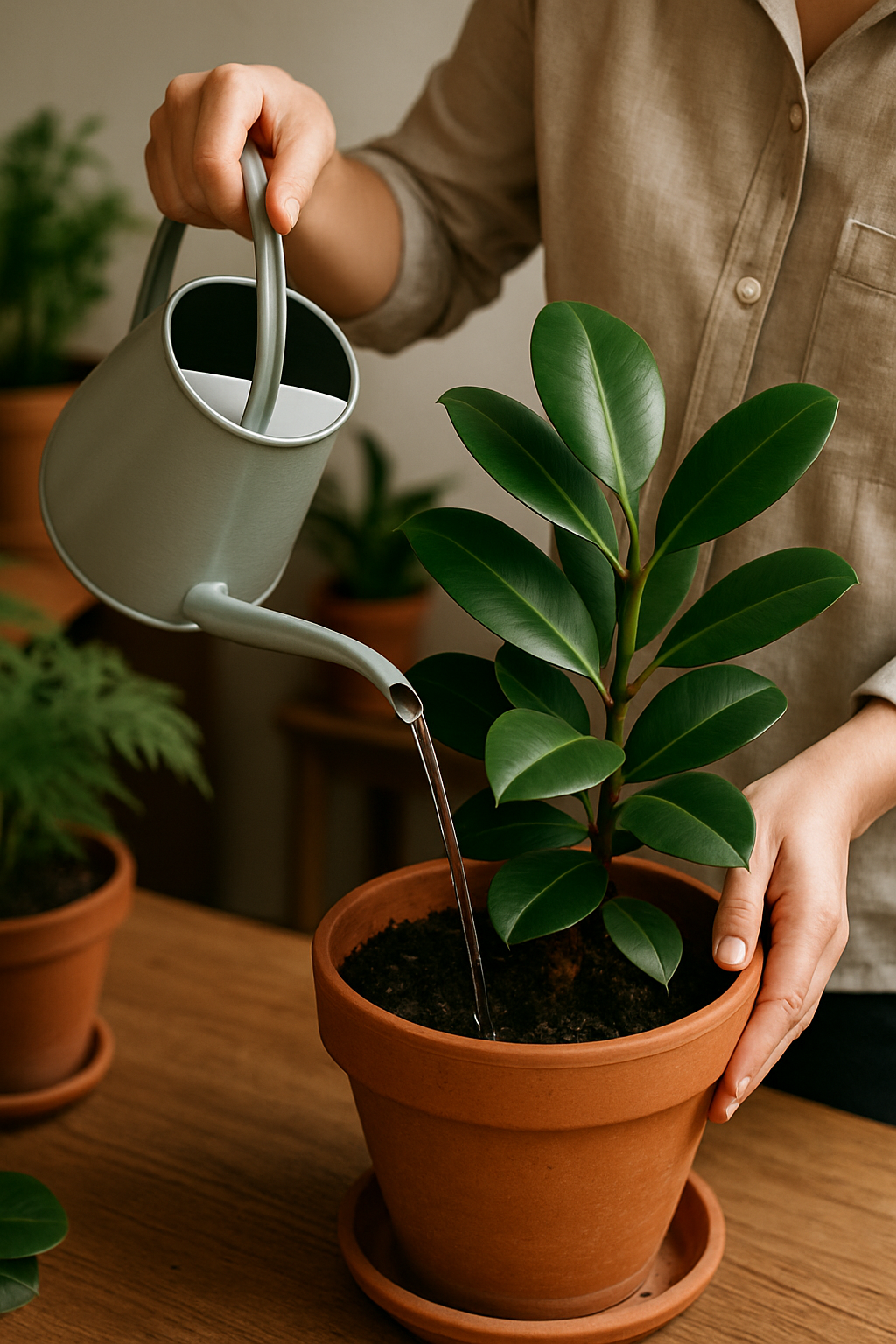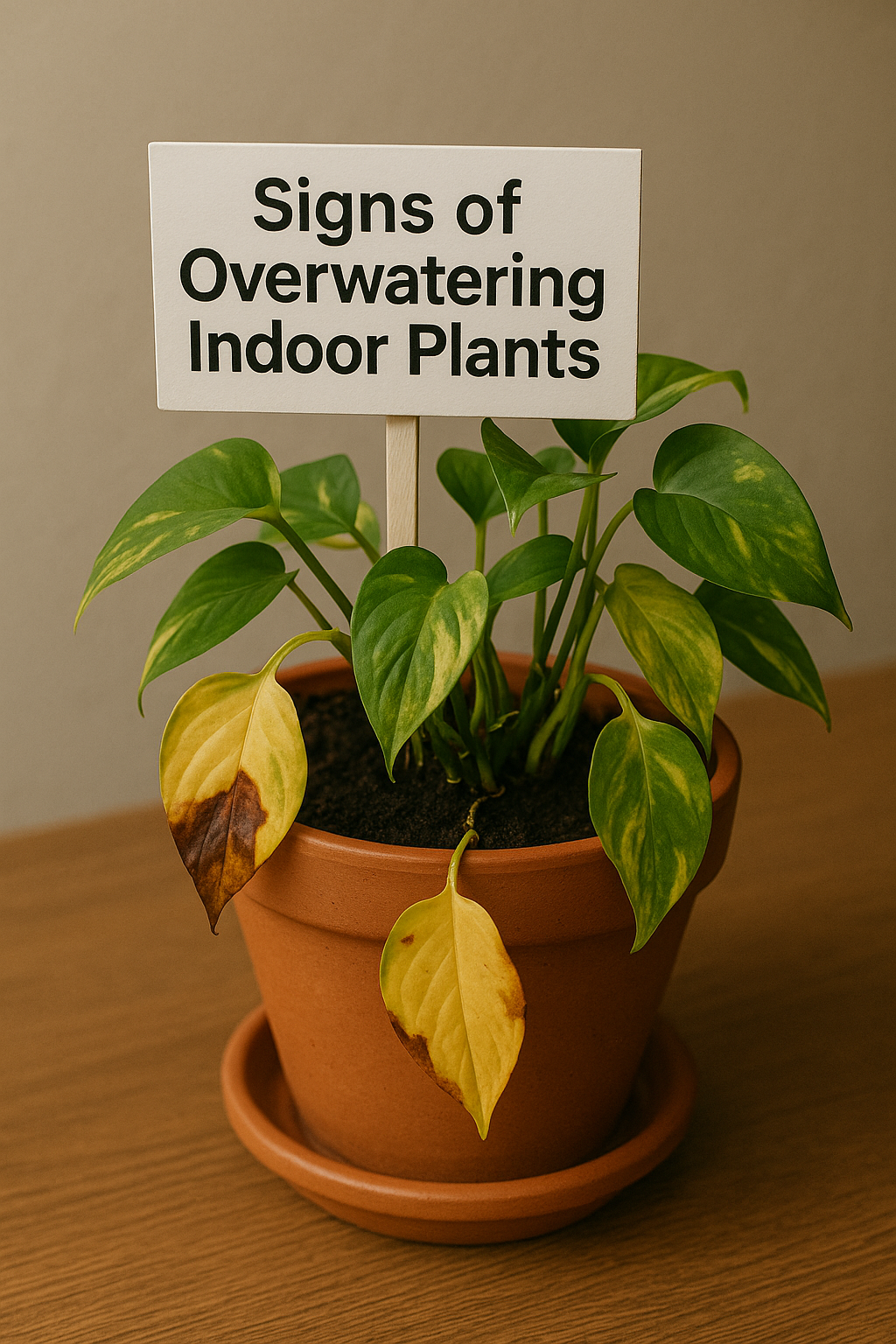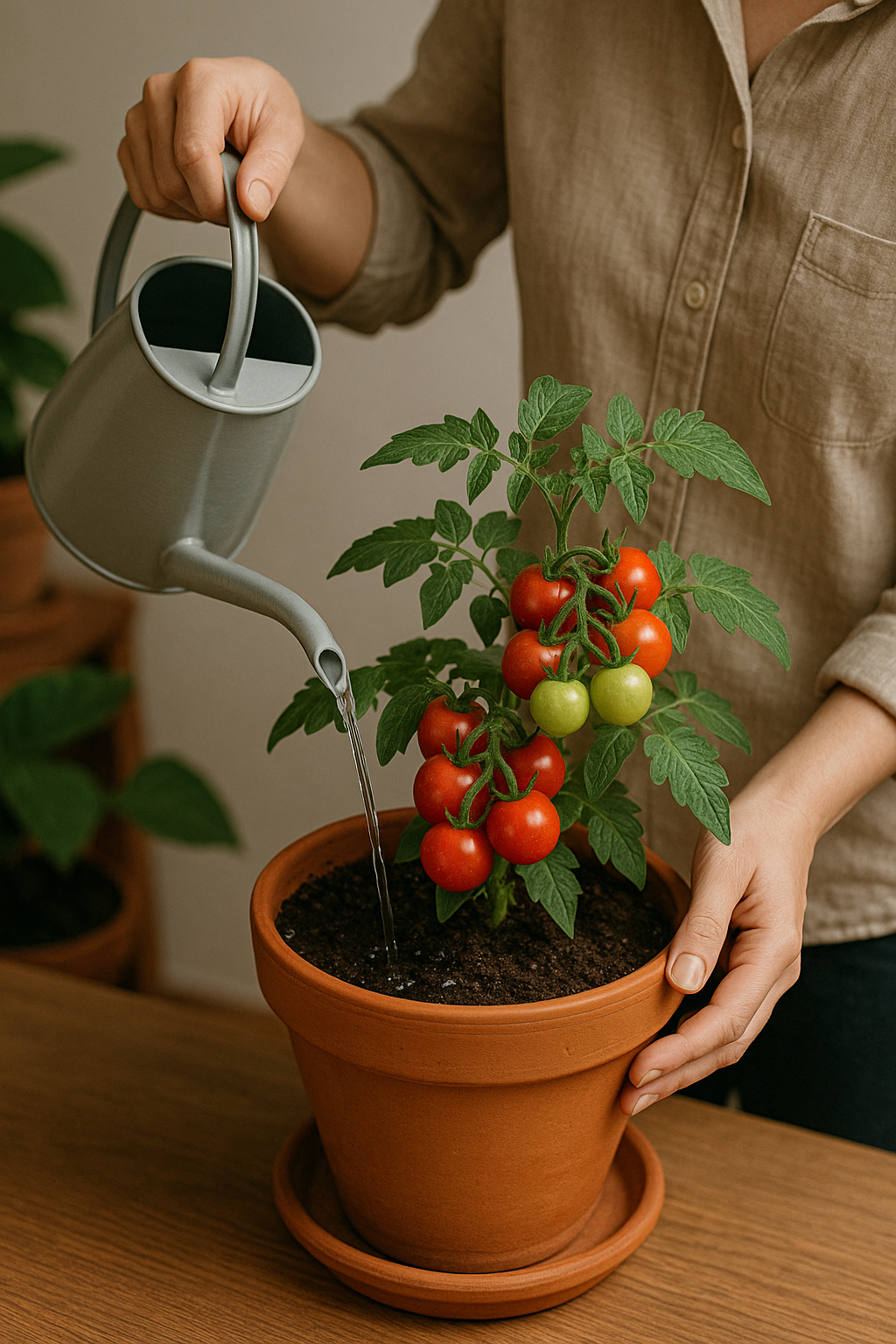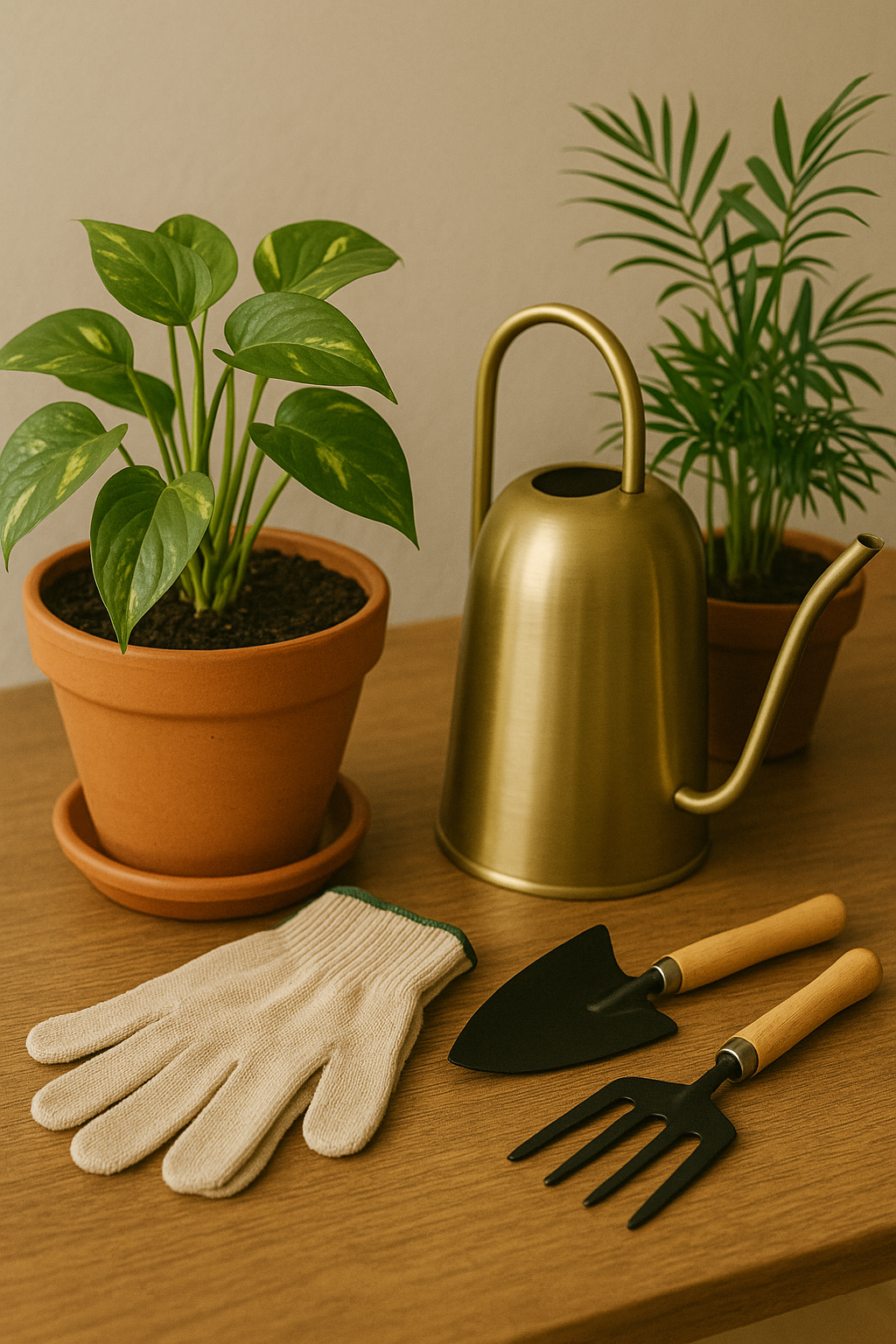🌿How to Water Indoor Plants Correctly
How to water indoor plants correctly is one of the most common questions new and experienced plant parents ask. It might seem simple, but incorrect watering is the number one reason indoor plants struggle or die. Whether you’re growing herbs in your kitchen or nurturing tropical foliage in your living room, mastering this skill is essential. Let’s dive into the proven methods, signs of trouble, and watering tips to help your plants flourish.

💧 Why Watering Indoor Plants Correctly Matters
Overwatering and underwatering are both harmful, but overwatering is especially dangerous. It can lead to root rot, mold, fungus gnats, and eventually kill your plant. Understanding how and when to water based on each plant’s needs will make all the difference.
Signs of overwatering indoor plants
Common signs of overwatering indoor plants include:
- Yellowing or wilting leaves (despite moist soil)
- Mushy stems or foul-smelling soil
- Mold on the surface of the soil
- Leaves dropping with brown tips
If you spot these signs, stop watering and let the soil dry out. Check the roots—if they’re brown and slimy, it may be too late for full recovery.

🪴Factors That Affect How to Water Indoor Plants Correctly
Understanding your plant’s unique needs helps you set a reliable watering schedule. These factors influence how often and how much to water:
1. Type of Plant
Succulents need far less water than tropical varieties. For herbs, you’ll need to water more frequently.
Related article: Best Herbs to Grow Indoors for Beginners
2. Pot Size and Material
Terracotta pots dry out faster than plastic. Smaller pots need watering more often than large ones.
3. Soil Type
Well-draining soil is essential. Learn how to choose it in our guide: Best Potting Soil for Indoor Gardening
4. Lighting Conditions
Plants in bright, indirect light often need more water than those in low-light areas.
5. Humidity and Temperature
Low humidity (common in winter) dries soil out faster. Warmer rooms mean quicker evaporation.

🌱 How Often Should I Water Indoor Plants?
There’s no one-size-fits-all rule, but here’s a general guideline:
| Plant Type | Frequency | Notes |
|---|---|---|
| Succulents/Cacti | Every 2–4 weeks | Let soil dry out completely |
| Tropical Foliage | Every 7–10 days | Check top inch of soil |
| Herbs (e.g., basil, mint) | Every 3–5 days | Keep soil slightly moist |
How often should I water herbs indoors? It depends on the type of herb, the season, and your home’s environment. Basil needs consistent moisture, while rosemary prefers it drier.
🛠️ Tools and Tips for Watering Indoor Plants Correctly
Use these tools and best practices to water smarter, not harder:
Must-Have Tools:
- Moisture Meter: Tells you if the soil is dry, moist, or wet.
- Watering Can with Long Spout: Helps reach into foliage.
- Self-Watering Planters: Good for busy plant parents.
- Drainage Trays: Prevent standing water.
Watering Best Practices:
- Water deeply – until it runs out the drainage holes. This ensures root hydration.
- Always check soil moisture before watering.
- Use room temperature water to avoid shocking roots.
- Avoid watering on a strict schedule—respond to your plant’s needs.
- Empty saucers after watering to prevent root rot.

❌ Common Watering Mistakes to Avoid
Avoid these errors to keep your houseplants healthy:
- Overwatering out of habit – Wait until soil is dry to the touch.
- Watering on a set schedule – Plants’ needs change with seasons.
- Using pots with no drainage – Roots suffocate in trapped water.
- Watering the leaves instead of the base – This invites mold and disease.
- Using cold tap water – Let it sit and reach room temperature first.
🔍 FAQs About Watering Indoor Plants
How do I know when to water my plant?
Stick your finger about an inch into the soil. If it feels dry, it’s time to water. You can also use a moisture meter for more accuracy.
Should I mist my indoor plants?
Some tropical plants like ferns and calatheas benefit from misting. But it’s not a substitute for proper watering.
Should I mist my indoor plants?
Some tropical plants like ferns and calatheas benefit from misting. But it’s not a substitute for proper watering.
What time of day is best to water indoor plants?
Morning is ideal, allowing the water to soak in and excess moisture to evaporate throughout the day.
🌐 Continue Learning Indoor Watering Tips:
For more advanced care, visit Gardening Know How – Indoor Watering Tips
🌟 Conclusion: Learn How to Water Indoor Plants Correctly and Watch Them Thrive
Watering your plants the right way is about observation, not routine. When you learn how to water indoor plants correctly, you unlock the secret to lush greenery, healthy herbs, and a happy indoor garden.
🌿 Start today: check your plant’s soil, adjust your watering, and see the transformation.

Pingback: Best Potting Soil for Indoor Plants 7 Key Steps Healthy Houseplants